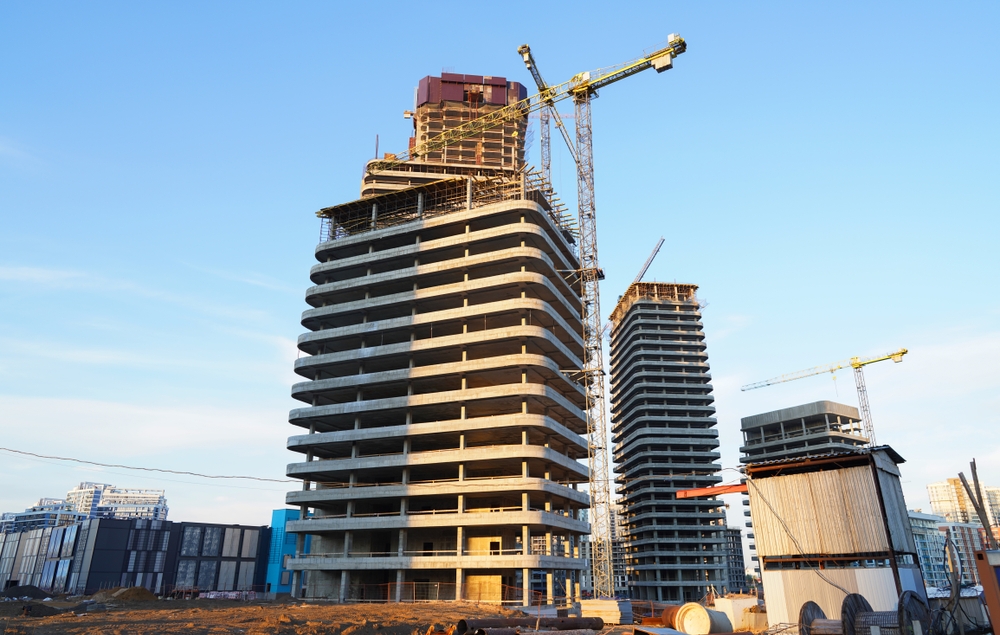How BIM Improves Construction Efficiency
How BIM (Building Information Modeling) Improves Construction Efficiency

Building Information Modeling (BIM) is a transformative technology that has become essential in the modern construction industry. By creating a digital representation of a building’s physical and functional characteristics, BIM enhances collaboration, improves project accuracy, and increases efficiency in construction projects. It offers a dynamic platform for stakeholders to plan, design, construct, and manage buildings and infrastructure more effectively.
Key Ways BIM Improves Construction Efficiency
1. Enhanced Collaboration and Communication
BIM provides a centralized platform where all stakeholders—architects, engineers, contractors, and owners—can access the same project information in real-time.
- Data Integration: BIM integrates data from various sources into a single model, improving coordination between different teams. All changes made by one party are instantly visible to others, reducing the chances of miscommunication and design conflicts.
- Cloud-Based Collaboration: Many BIM platforms are cloud-based, allowing teams from different geographical locations to collaborate seamlessly. This is particularly useful for large-scale projects where global teams may be involved, improving decision-making and reducing delays.
2. Better Project Visualization
One of the significant advantages of BIM is its ability to create detailed 3D visualizations of the construction project before actual work begins.
- Realistic Models: Unlike traditional 2D drawings, BIM provides 3D models that offer a more accurate representation of the building’s design. These models help stakeholders visualize the project more effectively and ensure that everyone has a clear understanding of the design intent.
- Simulations and Virtual Walkthroughs: BIM allows for virtual simulations of the building’s construction process. This can include virtual walkthroughs, lighting simulations, and energy performance analyses, helping to identify potential issues early and optimize designs.
3. Reduced Rework and Errors
Mistakes in construction plans can lead to costly rework and delays. BIM helps reduce these risks by identifying and resolving issues during the planning and design stages.
- Clash Detection: BIM software has built-in clash detection tools that automatically identify conflicts between different building systems (e.g., mechanical, electrical, and plumbing). This reduces the likelihood of errors on-site and minimizes the need for costly rework.
- Early Problem Identification: By creating a fully coordinated digital model, BIM allows designers and contractors to identify and resolve design issues before they impact the construction process, ensuring smoother project execution.
4. Improved Cost and Time Management
BIM’s ability to provide accurate cost estimates and project timelines helps improve budget and schedule management.
- 5D BIM for Cost Estimation: In addition to 3D modeling, BIM incorporates dimensions of time (4D) and cost (5D). This allows project managers to generate accurate cost estimates based on the quantities of materials and labor required. Changes made to the design are automatically reflected in the cost estimates, allowing for better financial control.
- Scheduling Optimization: BIM tools can simulate the construction schedule, enabling project managers to identify potential bottlenecks and optimize the sequence of tasks. This leads to more efficient time management and helps in avoiding delays.
5. Optimized Resource Allocation
BIM helps streamline the management of resources, such as materials, labor, and equipment, throughout the construction process.
- Materials and Inventory Management: BIM allows for precise quantity takeoffs, which helps in ordering the right amount of materials, reducing waste, and ensuring timely delivery. It also tracks material usage throughout the project, helping project managers optimize inventory management.
- Labor and Equipment Efficiency: With BIM, project managers can allocate labor and equipment more effectively by identifying when and where specific resources are needed. This reduces downtime and ensures that the project runs smoothly and efficiently.
6. Increased Sustainability and Energy Efficiency
Sustainability is a growing concern in construction, and BIM plays a critical role in optimizing the environmental performance of buildings.
- Energy Performance Analysis: BIM tools can simulate the energy performance of buildings, allowing designers to optimize factors like insulation, window placement, and HVAC systems. This results in more energy-efficient buildings with lower operational costs and environmental impact.
- Material Efficiency: BIM allows construction teams to select more sustainable materials by simulating the lifecycle impact of various options. This leads to environmentally conscious decisions in material sourcing and waste reduction.

7. Lifecycle Management and Facility Maintenance
BIM’s usefulness extends beyond the construction phase into the building’s operation and maintenance.
- Digital Twin for Asset Management: BIM creates a digital twin of the building, which can be used for ongoing asset management. This digital twin provides valuable data on building components, systems, and equipment, helping facility managers monitor the building’s condition and schedule maintenance more efficiently.
- Maintenance Planning: BIM’s detailed information on building systems allows for proactive maintenance scheduling, reducing the likelihood of equipment failures and extending the building’s lifespan.
8. Improved Compliance and Risk Management
Ensuring compliance with building codes and regulations is critical in construction. BIM helps automate and streamline this process.
- Automated Code Compliance: Many BIM tools can automatically check designs against local building codes and standards. This reduces the risk of non-compliance and ensures that the project meets all regulatory requirements from the start.
- Risk Mitigation: By providing a detailed overview of the project’s design and construction processes, BIM helps identify and mitigate potential risks early in the project lifecycle, minimizing the chances of costly legal disputes or delays.
9. Accurate Documentation and Reporting
BIM enhances the accuracy and accessibility of project documentation, making it easier to track progress and manage information.
- Automatic Documentation: BIM automatically generates accurate and up-to-date construction documentation, such as plans, elevations, and sections. This reduces manual work and ensures consistency across all documents.
- Progress Monitoring: With BIM, project managers can track the construction progress in real-time. This helps in keeping stakeholders informed, improving accountability, and ensuring that the project stays on track.
Conclusion
Building Information Modeling (BIM) is revolutionizing the construction industry by improving collaboration, enhancing project visualization, reducing errors, and optimizing resource allocation. With its ability to integrate project data, provide accurate cost and schedule estimates, and facilitate sustainable building practices, BIM plays a crucial role in enhancing construction efficiency. As the construction industry continues to evolve, BIM will remain a key tool in ensuring successful project outcomes.
External Resources for Legal Guidance
BIM Improves Construction Efficiency
Read more related articles to enhance your knowledge and make informed decisions
10 Essential Steps in the Building Construction Process
How to Choose the Right Materials for Your Construction Project








